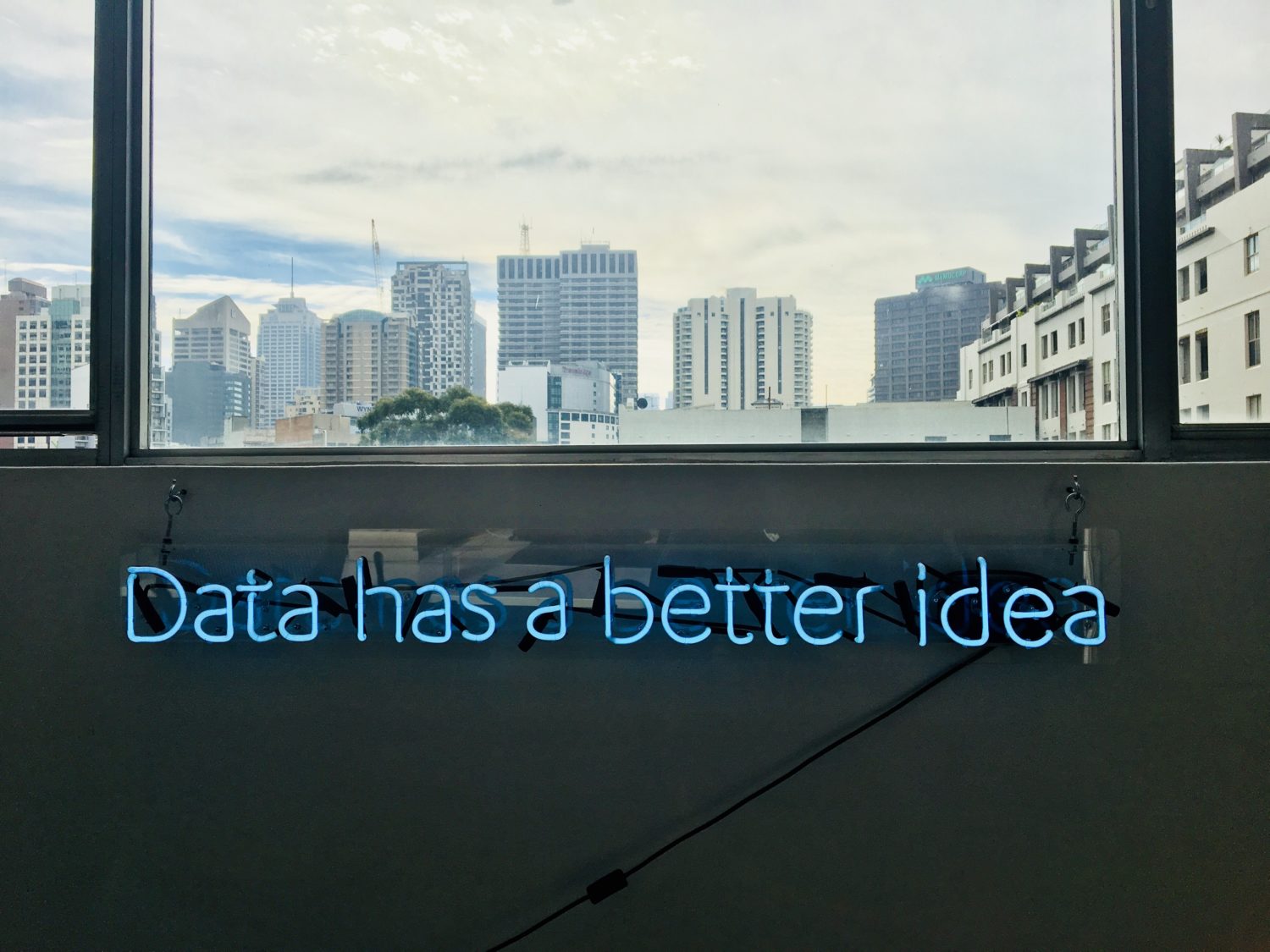
It is no secret that companies are making the shift towards a data driven approach, but how are these companies actually using the growing amount of data at hand to optimise their processes, improve brand experience, and overall further their growth.
When the first words around ‘data analysis‘ and ‘big data’ were mentioned, the aspects that majority of companies had their hands on was not too in depth, with simple metrics being easily obtainable and giving just enough insight to suggest room for improvement.
Although, as the world of data has evolved, so have the limits of what data is available, and the potential uses of such data. This has led to many companies, across various industries such as retail and travel, to further and tailor their data efforts in an attempt to get the most niche, applicable insights into their business and audience. This has changed the way we perceive and use data.
1. Tailored Brand Experiences (Re-marketing)
When it comes to the amount of consumer/audience data available, companies are making full use of the insights into their audiences’ online behaviour, overall allowing a niche and highly targeted brand experience.
This may seem like a small aspect to focus on, but the use of re-marketing opportunities allows brands to tailor their message to specific audience segments; allowing them to offer a more niche, and applicable message in an attempt to boost click through rate, conversion rate, or just improve the general online user experience.
2. Optimised Retail Journeys
Although majority of retail business is now carried out online, in the form of e-commerce, we can begin to see vast improvements in the physical ‘brick and mortar’ retail world, with data now offering unique insights to optimise not only the in-store consumer experience, but also optimise stock, and inventory management.
From analysing location specific shopping habits and consumer online behaviour, companies such as Nike are beginning to tailor what products they have in-store; allowing the stock held in-store to be that area’s most searched, purchased and desired items, which seriously reduces the amount of un-sold inventory and money lost; whilst also limiting the number of consumers walking out empty handed or un-able to find what they were after.
3. Adapting to Change
With the amount of consumer and audience data at hand, there are now a multitude of analysis tools and platforms offering unique metrics. This has led to companies seriously optimising their business progression efforts, with data allowing 100% accurate, autonomous decision making to be achieved. This is without a full-board of stake holders and investors having to spend time to analyse and understand the data to make the best decisions.
Down to this fresh approach, companies and their key decision makers can easily, and efficiently analyse data; overall, optimising the decision making processes and boosting the overall progression of the business.

